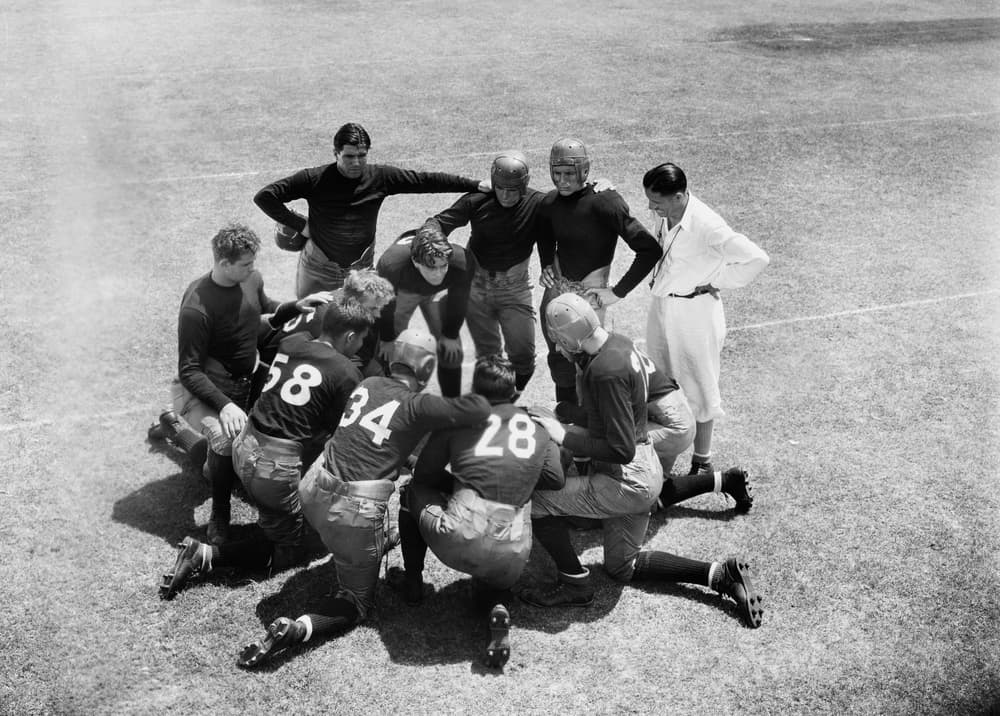Hello, Michael Stack here with Amaxx, so, it’s the week of Thanksgiving. It’s really a great holiday, it’s one that I very much enjoy, it’s a nice time to take a break from our daily busy lives and spend some quality time with our friends and our family. And also really marks the official start of the Christmas holiday season, my wife and I have four young kids, so it is really a very fun and exciting time in our household. But, this year, as you are going for that second helping of mashed potatoes, I want you to think about the individual that gets the least amount of appreciation and the least amount of thanks throughout the year, and that’s your work comp adjuster.
I want to talk about the role of the adjuster, because the more you can understand what they are doing on a day-day basis, the more you can appreciate it, and work with them as a valuable part of your team in your work comp management program.
Understand Your Adjuster’s Tasks
So, let’s first talk about the tasks, in general there is going to be about 15-20 tasks that an adjuster is going to be doing on a day-day basis as part of their job description. I want to go over some of the highlights. The first is the 3 point contact, so within 24 hours of the injury, they are going to be contacting the employee, contacting the supervisor, and contacting the medical provider, so they can get as much information about that claim as possible. They are going to be establishing the reserves, and they are also going to be reviewing compensability, of whether that is a valid claim or not. They are going to be auditing and paying the bills from the various providers, the medical providers, any additional expenses, any vendors they are working with, making sure those are paid, reviewed, and paid on a timely basis.
Next thing is they are going to be documenting the claim file, anything that occurs, going to want to make sure that is recorded in the file so that all parties understand what is happening. And finally, and probably most importantly, is they are going to be communicating with all of the relevant stakeholders, to make sure all parties are involved to continue that claim moving forward. And like I said, there are a lot more tasks that are involved in an adjusters day, but if you look at any one of these six that are on the board here, if one of these balls is dropped, then that claim, and the management of that claim is going to be affected. So, very high important items, and if you are managing 150-200 claims at one time, putting priority on every one of the those, and managing them properly is a very difficult thing to do.
Coordinate & Resolve Conflicts
Next piece in addition to tasks, is they really coordinate, and they resolve conflicts. So, if you think about all the parties that are involved in a claim, there are a number of them. There is the employee, employer, medical providers, legal, and there are a host of vendors that may or may not be working on the case. Every single claim…every single claim, has conflict, it is going to be either between the employee and employer, maybe the employer and the medical provider, maybe it’s the plaintiff attorney and the defense attorney, maybe it’s an issue with one of the vendors that are working on the case, but every single claim is going to have some form of conflict, it’s just the nature of the beast.
So, that adjuster needs to be working to coordinate all of different stakeholders that are involved in this claim, and resolve that conflict in order to keep that claim moving forward; certainly not an easy task, but a very important part of effective claims management, is working with all of those providers, and making sure that conflict is resolved in a timely basis.
Workload
Ok, so last piece here is workload. And this piece is often only spoken about and evaluated in regards to a hard number. How many claims an adjuster is handling at any one given time. But, I want to encourage you to evaluate workload, not so much on hard number, but more based on performance. So, that workload number can be such a variable based on a whole host of factors; certainly the experience of the adjuster, and the jurisdiction that adjuster is in as being two main components. An adjuster with 20-30 years experience is certainly going to be able to handle a larger workload, and more complicated cases than a brand new adjuster.
And the only way to really evaluate what the appropriate workload is for that individual adjuster is to evaluate them based on performance. How well are they completing those tasks that we talked about earlier? Are they paying bills timely, are they completing their 3 point contact, are they doing a thorough investigation to determine compensability, are they hitting those claims management best practices? And if they are, it’s possible to increase their workload. But a caution, overloading an adjuster is one of the easiest ways to ensure that you are going to be paying too much for your work comp claims, so many negative things can happen, those tasks really start to slip, the bills don’t get paid timely, the communication starts to slip, people start to get frustrated, start to get angry.
And here is the second thing that happens, with an overloaded adjuster, as a defense mechanism, they are going to purposely keep your claim open longer to ensure that they are not being assigned new claims. It is simply a defense mechanism to make sure they can catch up with the work that they have going on. So, ensuring that your adjuster is not overloaded, is a way to ensure that they are going to continue to hit those claims management best practices.
Dedicated / Designated Adjuster
Final tip here in regards to working with your adjuster, consider working with either a dedicated or a designated adjuster, so that you have the same individual, or group of individuals that are handling all of your claims; you can get to know them, they can get to know you, and you can really work with them as a valuable part of your team.
So, remember, in workers comp, your success is based on your integrity…and your thankfulness. Happy Thanksgiving, be great!
Author Michael Stack, Principal, COMPClub, Amaxx LLC. He is an expert in workers compensation cost containment systems and helps employers reduce their work comp costs by 20% to 50%. He works as a consultant to large and mid-market clients, is co-author of Your Ultimate Guide To Mastering Workers Comp Costs, a comprehensive step-by-step manual of cost containment strategies based on hands-on field experience, and is founder of COMPClub, an exclusive member training program on workers compensation cost containment best practices. Through these platforms he is in the trenches on a working together with clients to implement and define best practices, which allows him to continuously be at the forefront of innovation and thought leadership in workers’ compensation cost containment. Contact: mstack@reduceyourworkerscomp.com.
©2015 Amaxx LLC. All rights reserved under International Copyright Law.
Do not use this information without independent verification. All state laws vary. You should consult with your insurance broker, attorney, or qualified professional.














